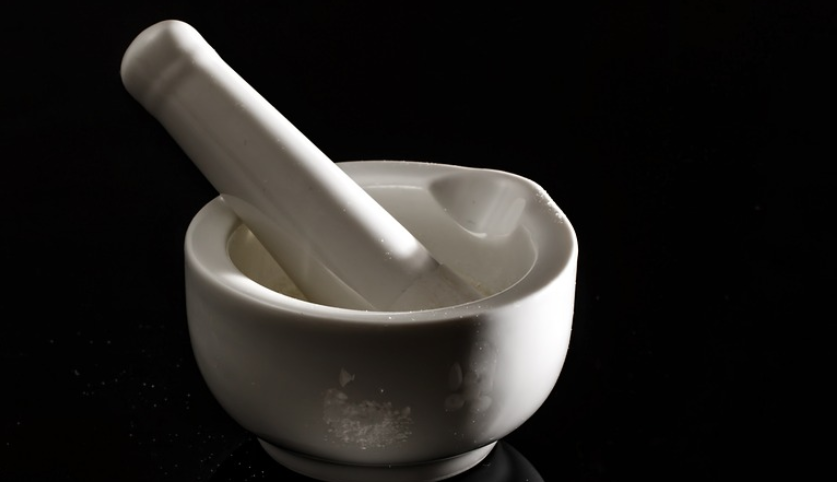Introduction
Nanotechnology has become increasingly important in various fields, including electronics, medicine, and materials science. One of the most commonly used techniques for producing nanomaterials is chemical vapour deposition (CVD). In this article, we will explore how CVD works and its applications in nanotechnology.
What is Chemical Vapour Deposition?
Chemical vapour deposition is a technique used to produce thin films and coatings of various materials. It involves the deposition of a solid material from a gas phase onto a substrate. The process occurs under a low-pressure environment, where the gas is introduced into a reaction chamber and heated to a high temperature, causing the gas molecules to react and form a solid on the substrate.
Types of Chemical Vapour Deposition
There are several types of chemical vapour deposition techniques, including:
- Low-Pressure Chemical Vapour Deposition (LPCVD)
- Plasma-Enhanced Chemical Vapour Deposition (PECVD)
- Metal-Organic Chemical Vapour Deposition (MOCVD)
- Atomic Layer Deposition (ALD)
Applications of Chemical Vapour Deposition in Nanotechnology
Chemical vapour deposition is widely used in nanotechnology for producing various nanomaterials, including:
- Graphene
- Nanotubes
- Quantum Dots
- Thin Films
- Nanowires
Advantages of Chemical Vapour Deposition
Chemical vapour deposition has several advantages over other techniques, including:
- High-quality films and coatings
- Controlled thickness and composition
- Large-area coverage
- High purity
- Low cost
Disadvantages of Chemical Vapour Deposition
While chemical vapour deposition has several advantages, it also has some disadvantages, including:
- Complex equipment and setup
- High temperature and vacuum requirements
- Difficult to scale up
- Reactive gases can be dangerous
- Requires specialized expertise
Conclusion
Chemical vapour deposition is a powerful technique for producing nanomaterials with controlled thickness and composition. It is widely used in various fields, including electronics, medicine, and materials science. While it has its advantages and disadvantages, chemical vapour deposition remains an essential tool in the production of nanomaterials.

